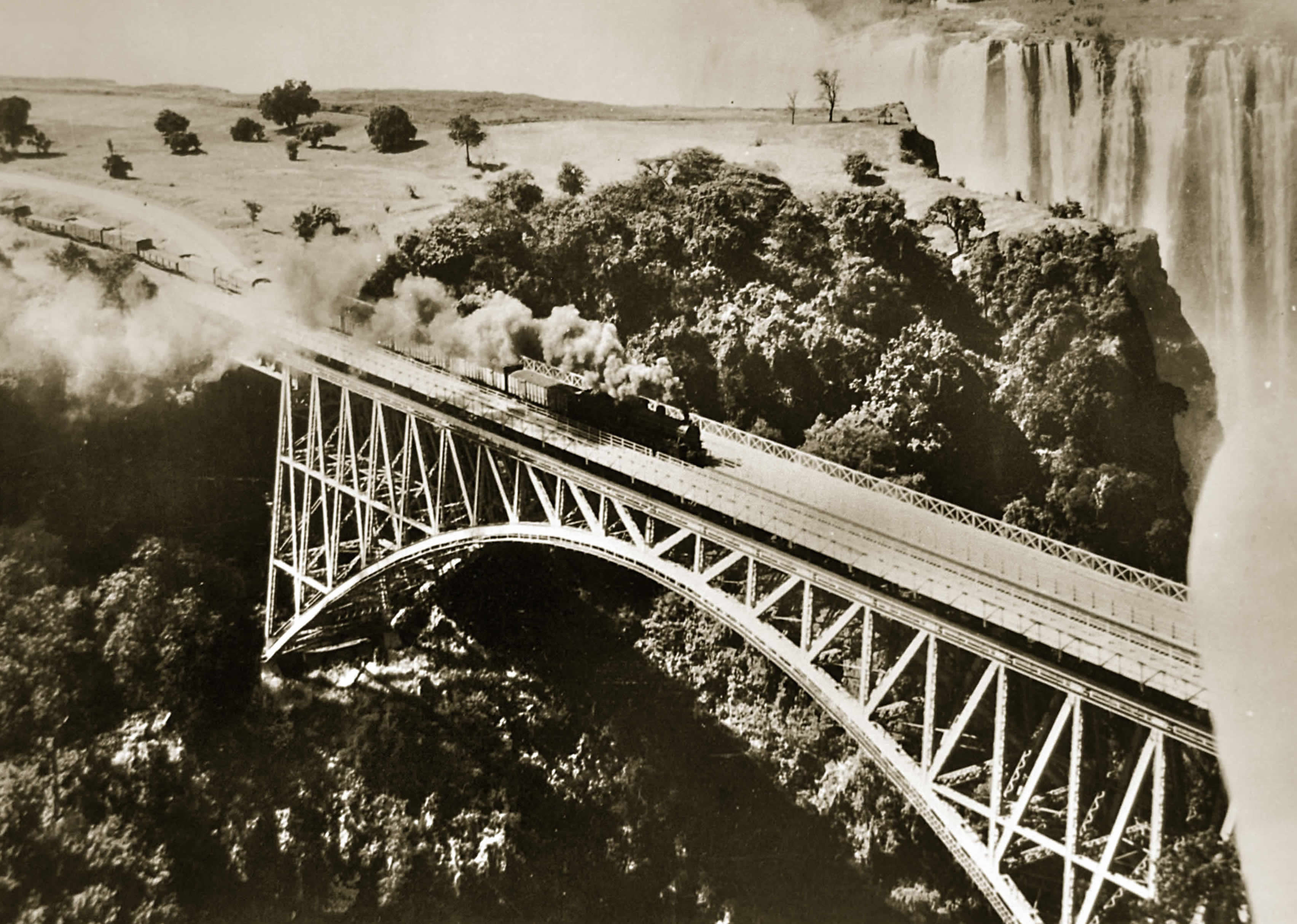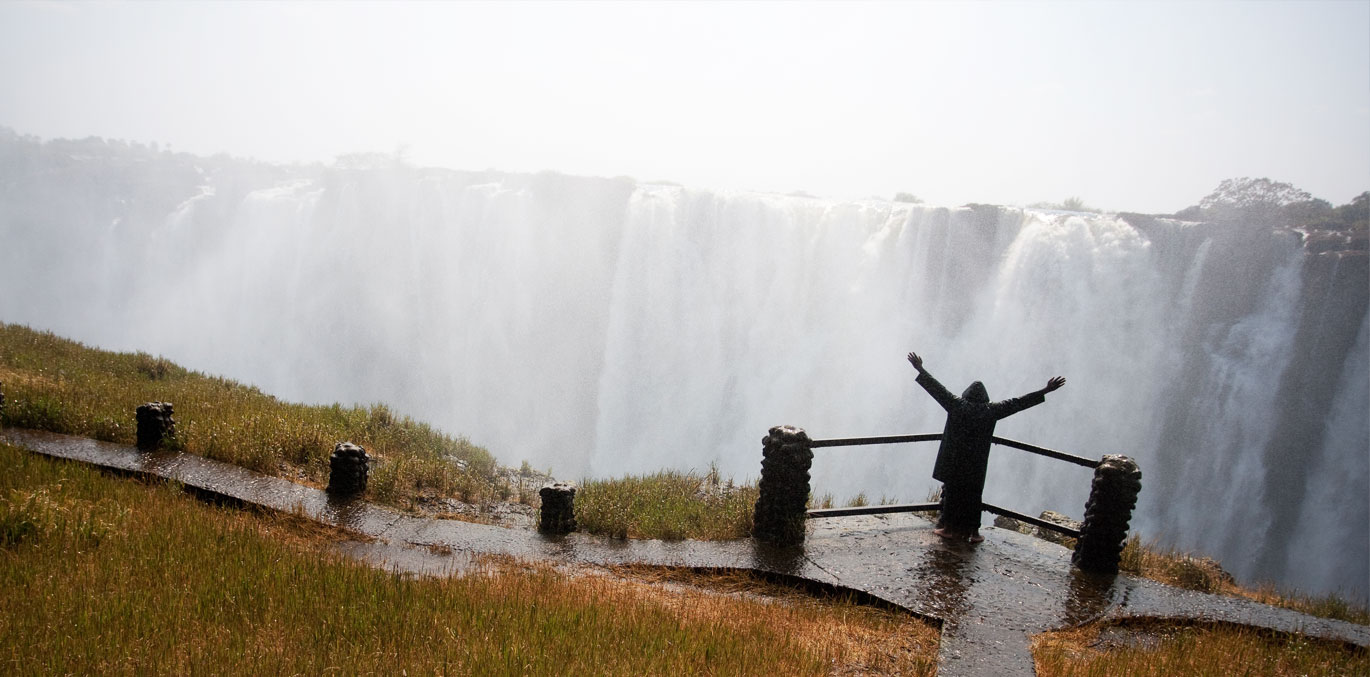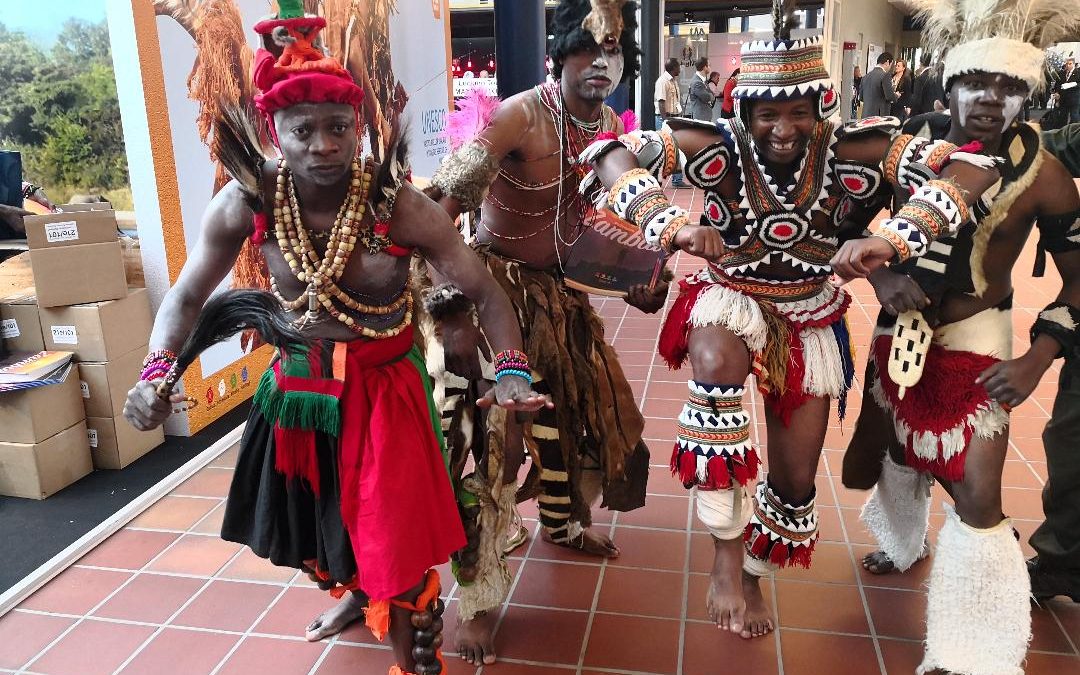A brief history of the Victoria Falls Bridge
Part one of an occasional series looking at the history of the second most popular landmark in the region - the Victoria Falls Bridge. Written by Peter Roberts and taken from his book on the bridge, 'Sun, Steel and Spray,' this article looks at the man behind the design of the famous Victoria Falls Bridge.

The man credited for designing the Victoria Falls Bridge is George Andrew Hobson of the London based consultants Sir Douglas Fox and Partners. He was assisted by Ralph Freeman, the engineer who went on to design the famous Sydney Harbour Bridge in 1932. Some of the more famous names have eclipsed Hobson over the years, but he is the man who designed the bridge as we see it. At the time of the designing of the Victoria Falls Bridge Freeman was still only an assistant in the firm, although he was involved in calculating the stresses involved with the steelwork design and was credited by Hobson for his involvement. Hobson was made a Partner in the firm in 1901 and Freeman became a Senior Partner in 1939, when the firm became known as Freeman, Fox & Partners.
Hobson records, in his final report on the construction of the bridge to the Institute of Civil Engineers in 1907, that while in London in 1901, Rhodes was shown a sketch of the bridge as it was then proposed to be built:
"Although he had never visited the locality, he was sufficiently familiar with it from travellers’ descriptions and engineers’ surveys to indicate in a general way the point of crossing. He determined that passengers in the trains going over the bridge should have a view of the Falls; and as the site on which the bridge now stands is practically the only one which could fulfil this purpose, it may be said to have been chosen by him. The preliminary design of the bridge above referred to was prepared to meet Mr. Rhodes’s views, and it received his approval." [Hobson, 1907]
The final design of the bridge, bearing Rhode's signature, is still housed in the National Railways of Zimbabwe archive in Bulawayo.
Among considerations that had to be borne in mind was, primarily, an appearance that would compliment the natural beauty of the site. Then followed the more practical engineering problems of rigidity (to permit railway traffic), economy in building (to keep within the limits of the contract) and finally a method of building that dispensed altogether with scaffolding, which would have been impossible to erect in the gorge.
"Several kinds [of design] were considered, but the nature of the situation and the purpose of the work made it obvious that a two-hinged spandrel-braced arch was the only one worth considering, as it completely and satisfactorily answered all the requirements of the case... A steel arch of this character was therefore designed to spring from the rock walls of the Zambezi chasm, to be erected cantilever-wise simultaneously from both sides. The best, though not the earliest, example of this type is the bridge which... carries the Grand Trunk Railway over the Niagara Gorge." [Hobson, 1907]
A final consideration was the effect of the Falls themselves, and the spray from the waterfall on the steel structure:
"Care was exercised in designing the details to ensure simplicity in all sections, and the avoidance of enclosed parts or hidden spaces anywhere in the structure... There are no cavities for holding water, nor any surfaces where moisture can condense, the air being free to circulate everywhere. All the parts, in fact, are designed to be visible to the eye, and easily accessible to the painter’s brush." [Hobson, 1923]
The final design chosen is known as a trussed arch and is comprised of three distinct sections; the main central arch, a graceful parabolic curve with a span of over 150 metres and supported by two end posts with foundations in the side of the gorge, and two side spans linking to the gorge on either side. The horizontal upper deck, or chord, is linked by verticals to the lower arched chord and are braced diagonally, creating the characteristic and appealing structure of the bridge.
Find out more on the history of the bridge here.



